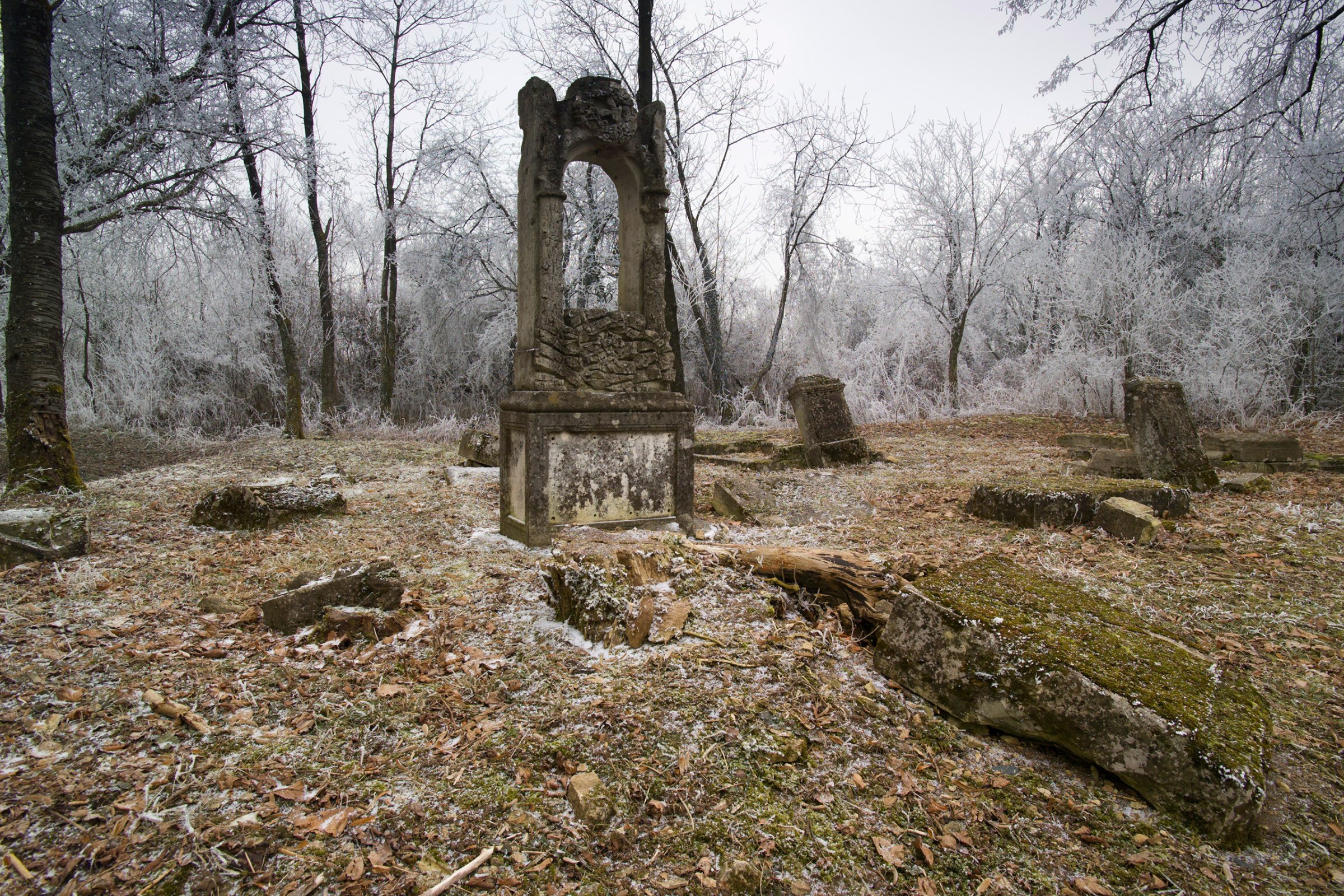
Today the grass has grown back. A sense of quiet comes through in the images. But a century ago, these landscapes were part of the Western Front of World War I — the reality of which TIME would later describe, in a review of a history of the war, as “hundreds of thousands of young men existing like stupefied moles in the badly shored-up gutters of mud and decaying flesh that zigzagged their way across France.”
When the U.S. entered World War I almost exactly a century ago, on April 6, 1917, the “doughboys” who went to fight encountered that terrible scene. In honor of that centennial, the National WWI Museum and Memorial is featuring a new exhibit of the photographs of Michael St Maur Sheil, who began his work capturing the modern look of World War I battlefields in 2005. The exhibition has been traveling the world since the 2014 centennial of the war’s onset.
Though it is hard to imagine just how different these landscapes looked 100 years ago, it’s clear from the images that the bloody battles left their mark. That’s an unsurprising fact given the epoch-defining scale of the fight.
For example, when President Franklin Roosevelt in 1937 helped to dedicate a series of monuments to those who had given their lives during the conflict, one memorial of which was located at Montfaucon, TIME noted that the memorial was well and expensively earned. “There took place the biggest battle in U. S. History,” the magazine explained. “There was lost the Lost Battalion. There the Tennessee Conscientious Objector Alvin York captured 132 Germans. There, in 47 days of storming into the face of the Hindenburg Line about 123,000 Americans were killed or wounded. Some 900,000 others, nearly as many as the Confederacy mustered in four years, came through unscathed to live to tell the tale of the final break-through to Sedan and draw their bonuses.”
“The Western Front that the American forces saw when they arrived and until they returned home was scenes of environmental degradation, obliterated villages, vast cemeteries, and continuing massive destruction,” the museum explains. “Much of the landscape of the Western Front looked like an uninhabited planet very foreign to them.”
The exhibition Fields of Battle, Lands of Peace: The Doughboys 1917 – 1918 opens on Friday at the National WWI Museum and Memorial in Kansas City, Mo., and will be on view through Aug. 20, 2017.
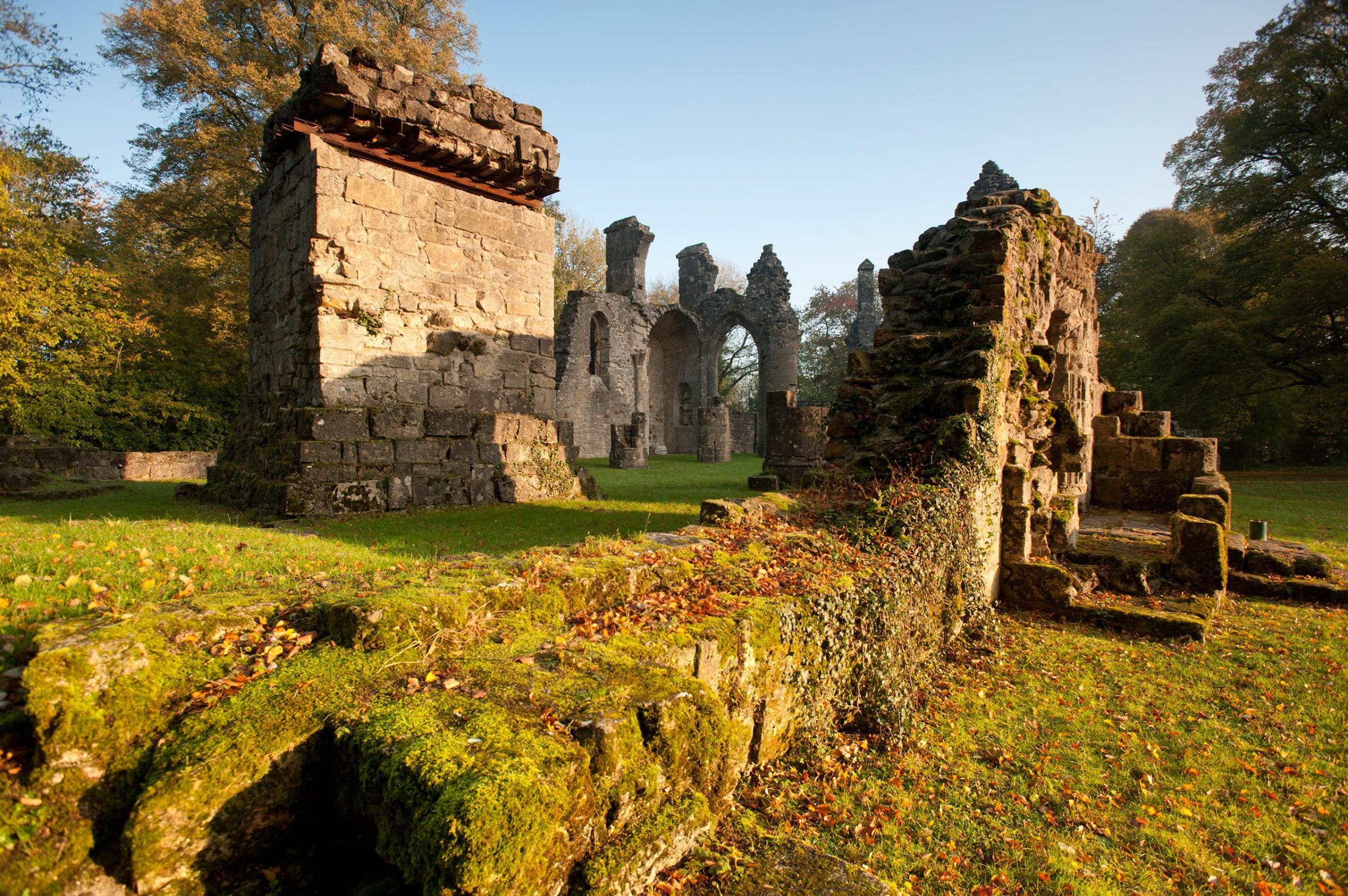



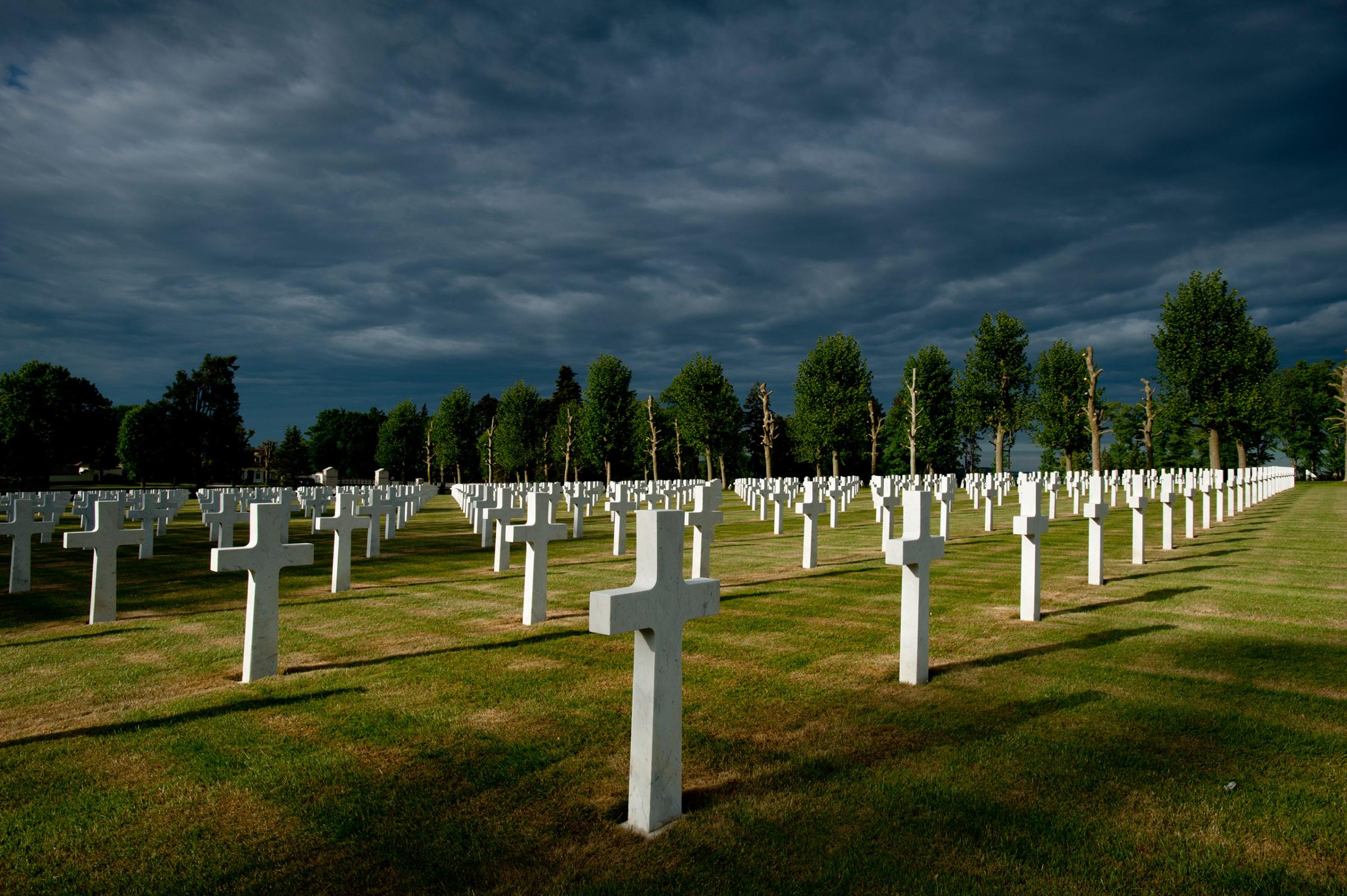


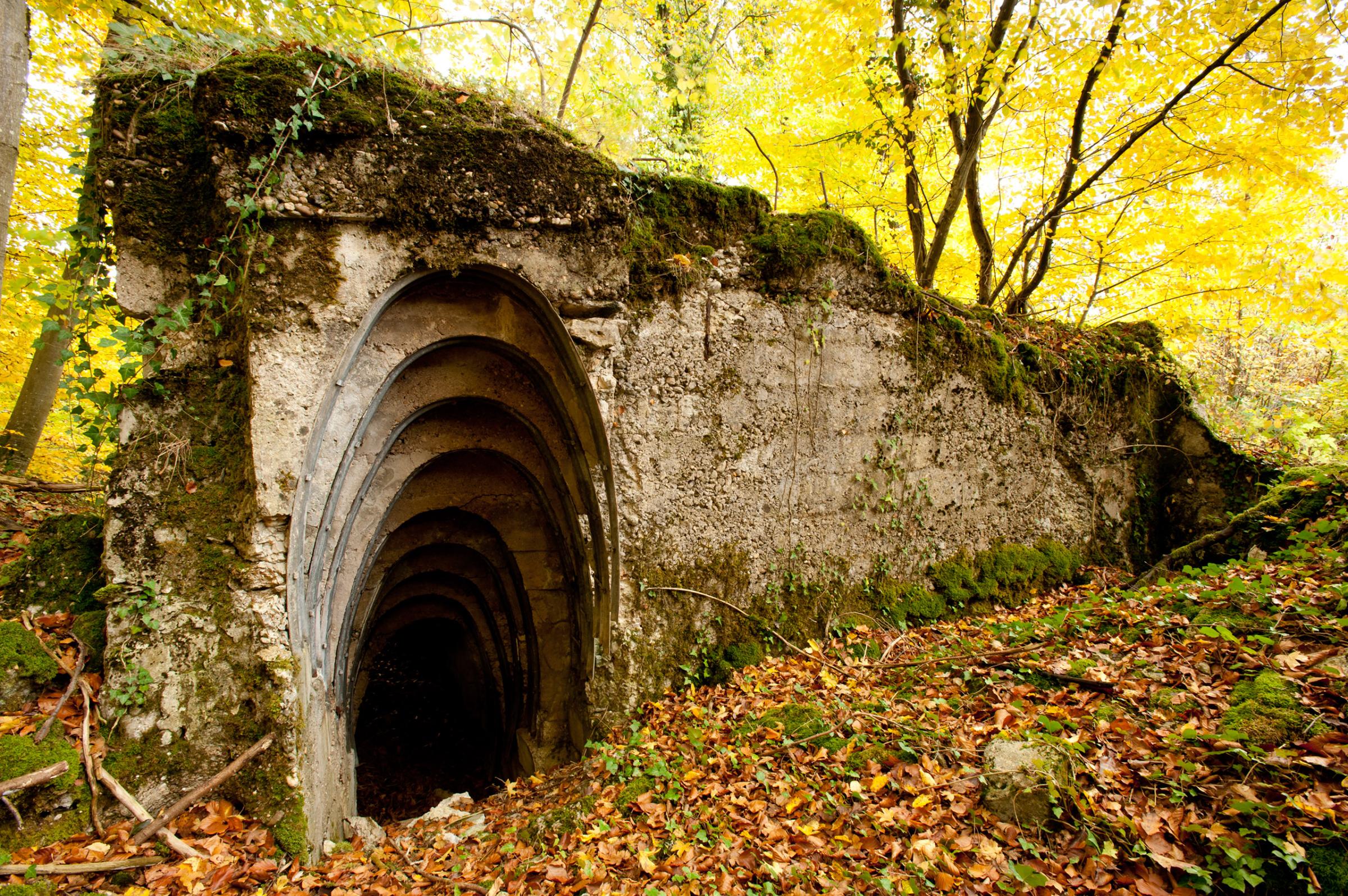
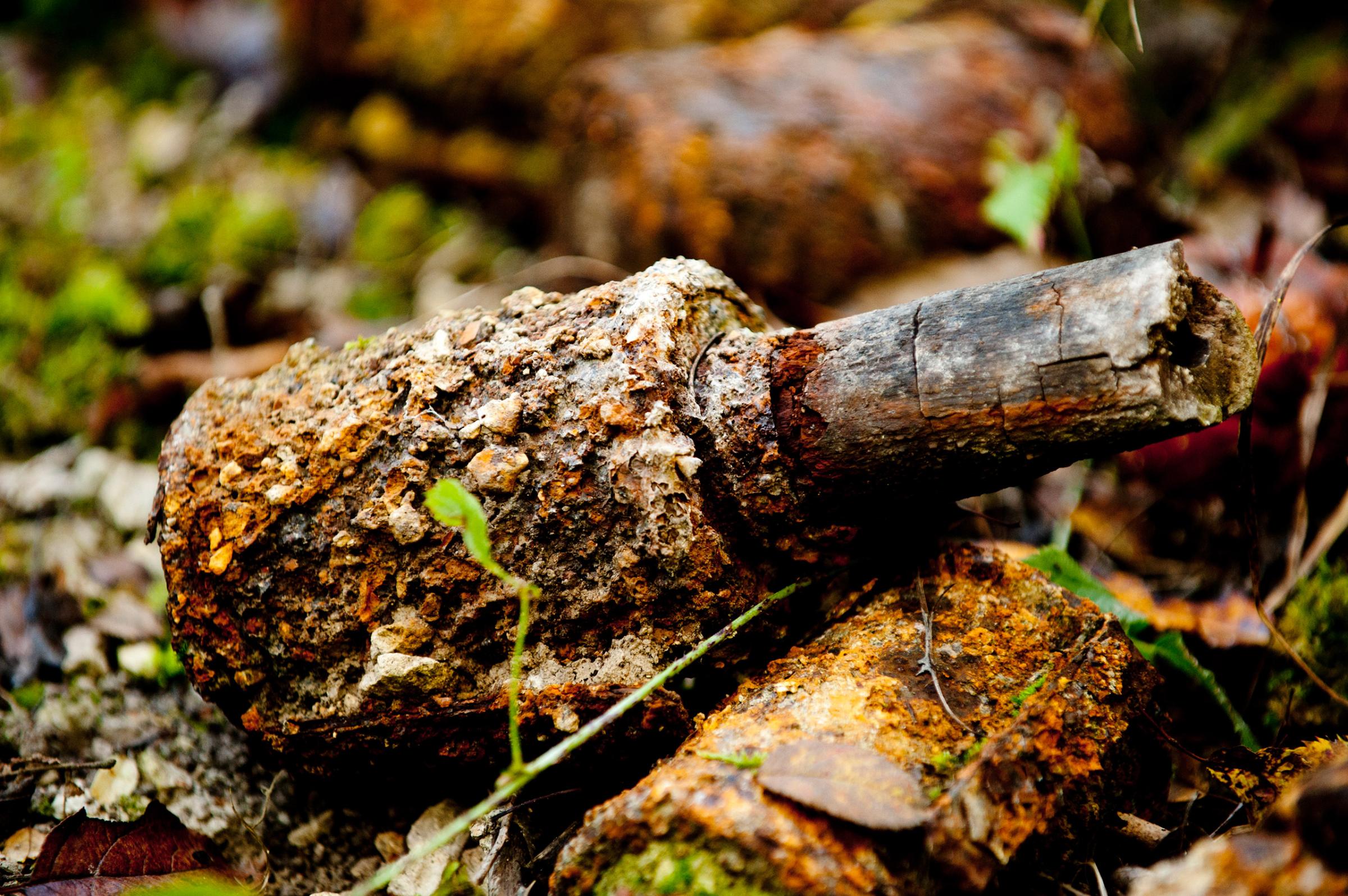
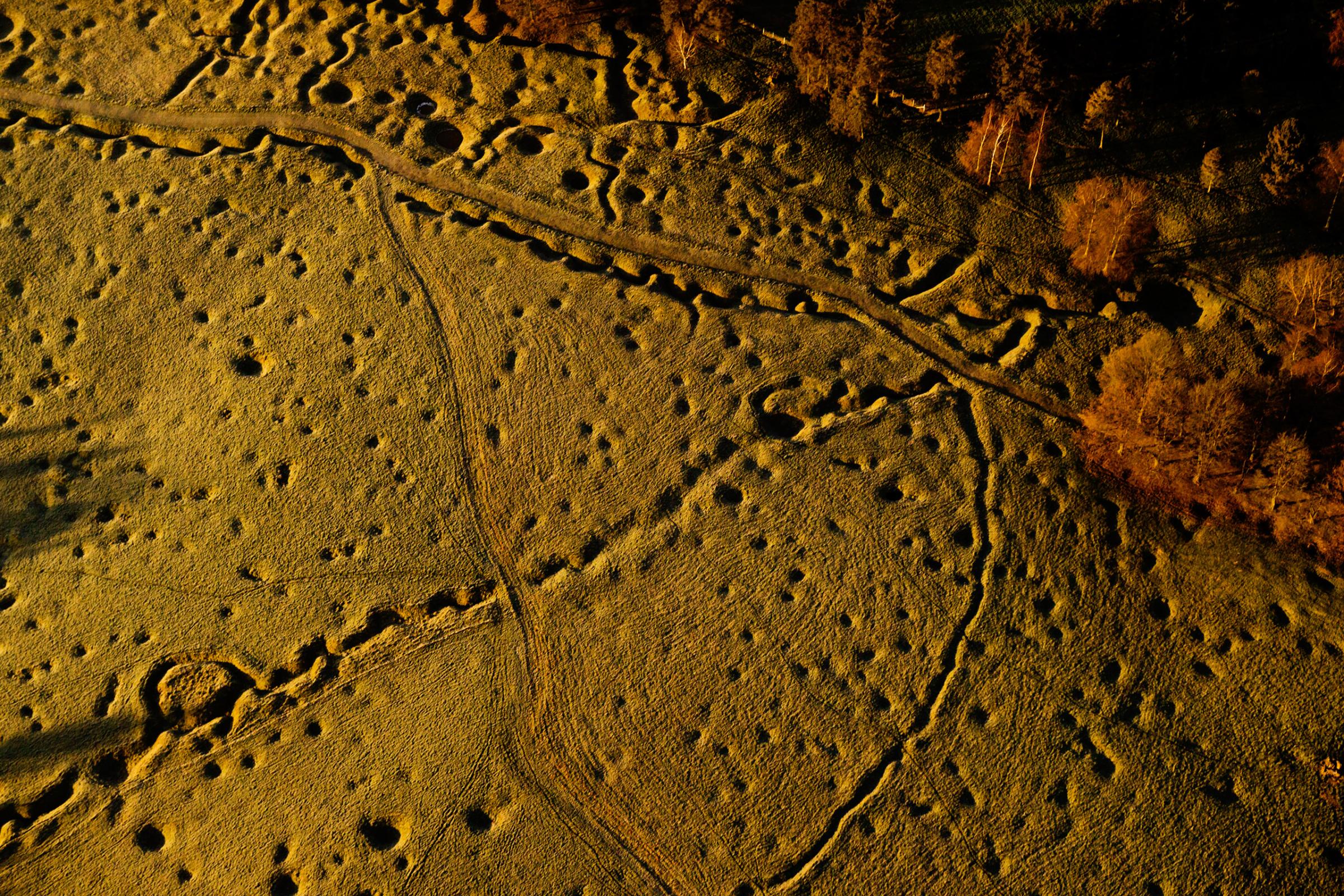
More Must-Reads from TIME
- Introducing the 2024 TIME100 Next
- The Reinvention of J.D. Vance
- How to Survive Election Season Without Losing Your Mind
- Welcome to the Golden Age of Scams
- Did the Pandemic Break Our Brains?
- The Many Lives of Jack Antonoff
- 33 True Crime Documentaries That Shaped the Genre
- Why Gut Health Issues Are More Common in Women
Write to Lily Rothman at lily.rothman@time.com